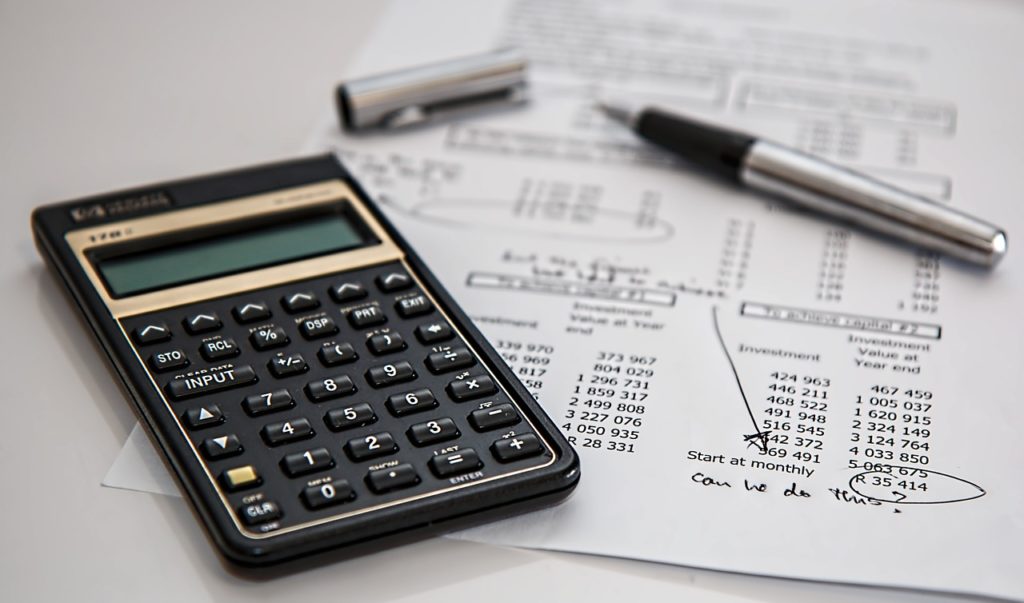After the last financial crisis, mortgage lenders became much more stringent about approving home loan applications. The strongest mortgage applications, as well as the most enticing home purchase offers, depend in large part on the ability to put down the most money possible. A large down payment reduces your monthly mortgage payment and lowers the risk to the lender. However, saving a large sum of money can prove to be a daunting task. After all, saving even 5 percent for a home that costs $300,000 means stockpiling $15,000, which is the bare minimum in a number of cases. At the same time, the prospect of purchasing a home in the end provides the right motivation. Individuals need a solid plan. When it comes to saving for a down payment on a home, you should keep the following tips in mind:
1. Create a Budget
The cornerstone of any plan to save money is a budget. You should create a spreadsheet that accounts for your gross monthly income minus paycheck deductions and bills ranging from credit cards and car payments to rent and student loans. After considering what you spend for food, entertainment, gas, and other necessities, subtract this from amount from your net income. The amount left over encompasses the discretionary funds that individuals have each month, and it is important to spend it strategically. Before you consider starting a budget, you may want to look back on your spending from previous months to figure out where you can cut costs in order to maximize your savings. While this may seem impossible, people often find that they can make a few simple changes to significantly reduce their costs. In many American households, very little money is left over at the end of the month. In these cases, people may need to think about how they can bring in more money, as well, which could range from obtaining a second job to seeking a raise at work.

2. Use Windfalls Strategically
Over the course of a year, there are generally a few events that may bring extra money into a household, such as a tax refunds, bonuses, birthdays, and one-off events such as weddings and inheritances. Often, your first impulse during these occasions is to splurge, but the truth is that this money can significantly boost your savings account without necessitating any changes in daily living. When this money is put into an account that generates interest, it can grow rather quickly and rapidly boost your savings. If you are saving for a down payment on a house, you can even consider asking your friends and relatives for cash to help with this endeavor, which will make you accountable for using the money for this purpose.
3. Understand Alternative Sources of Funding
A number of state and local programs exist to help first-time homebuyers with down payments by offering tax credits, assistance with closing costs, and even grants. Individuals can check their eligibility for such programs through the US Department of Housing and Urban Development and housing finance agencies. Another option involves dipping into your retirement savings, although in this case it is important to restore this money down the road in order to avoid serious issues when it comes time to retire. Individuals can withdraw up to $10,000 from an IRA without a penalty provided that they use it to purchase a home. Married couples can double this amount since both parties can dip into the IRA. Through this option, individuals will need to pay income tax on the withdrawal if it is not a Roth IRA. Some 401(k) plans also allow people to borrow from themselves for a home. However, this option has a lot of limitations and restrictions, so individuals should ensure that they fully understand the terms before signing any documents.
4. Invest Wisely
While some people may not want to invest their savings due to issues related to risk and liquidity, that doesn’t mean they should not think critically about the account that they use to keep their savings. Investing really only makes sense if you plan to purchase a home 10 years or more in the future. Another option is a high-yield savings account. The return will not be very high. However, banks differ, so it pays to shop around a bit. Moreover, money market accounts are insured options available through banks and credit unions. Again, it pays to shop around and to consider different rates. People may also want to purchase certificates of deposit (CDs) set to mature right around the time that they want to buy them, since they generally have slightly higher rates of return. Plus, you will not be able to touch your CD until maturity, which could discourage you from dipping into your savings for other purchases.

5. Set a Specific Goal
Sometimes, it is difficult to figure out exactly how much you should save when it comes to a down payment on a home. However, individuals can get a sense of how much they’ll need for a down payment by figuring out what kind of mortgage they want and researching the cost of homes similar to those they would potentially purchase. While traditional lenders may require 20 percent down payment, some allow less provided that borrowers purchase mortgage insurance. However, a number of government-sponsored programs exist that have lower down payment requirements. For example, both Fannie Mae and Freddie Mac offer loans with a 3 percent down payment. The Veterans Administration and the US Department of Agriculture even provide mortgage options with no down payment requirement for people who qualify.

